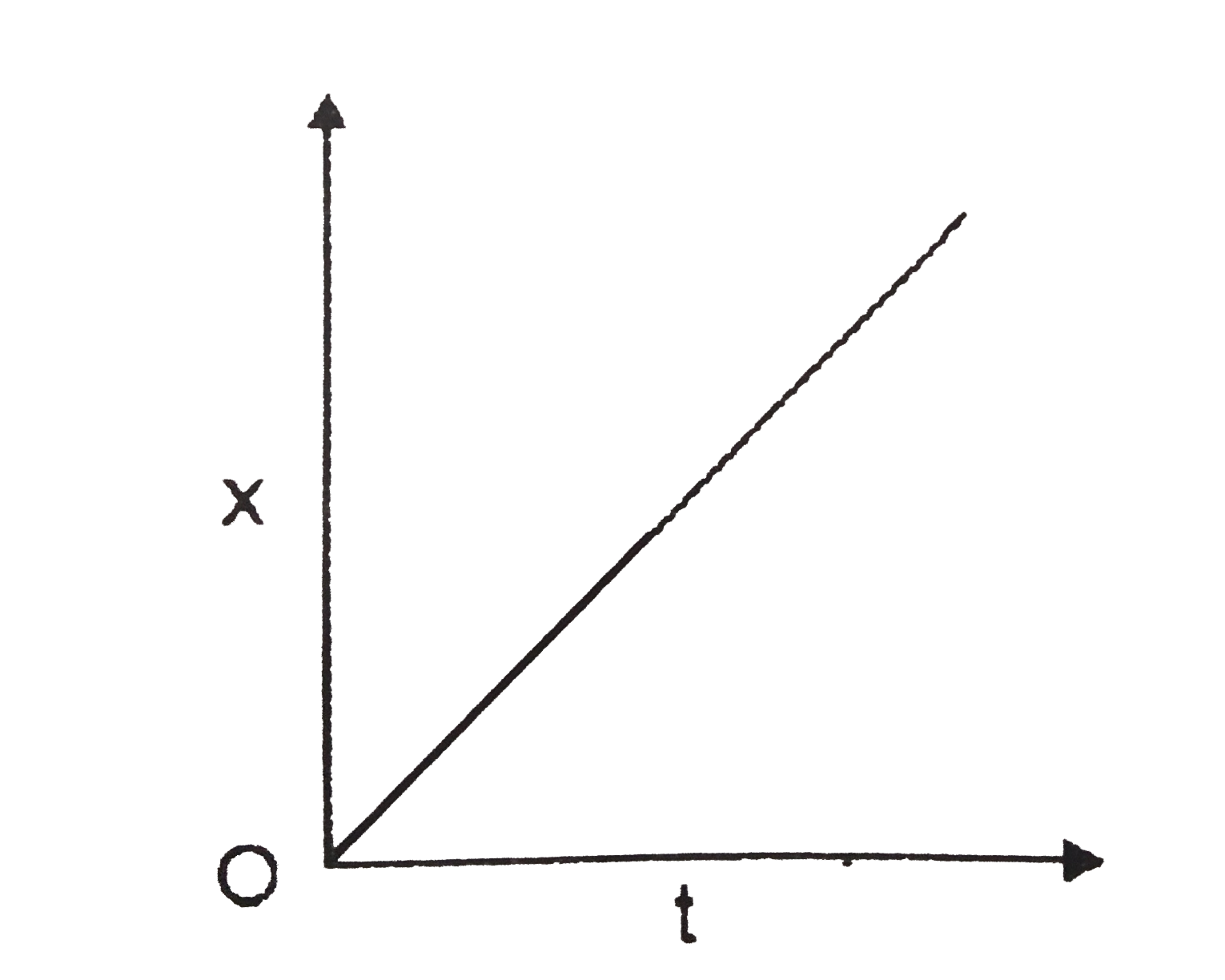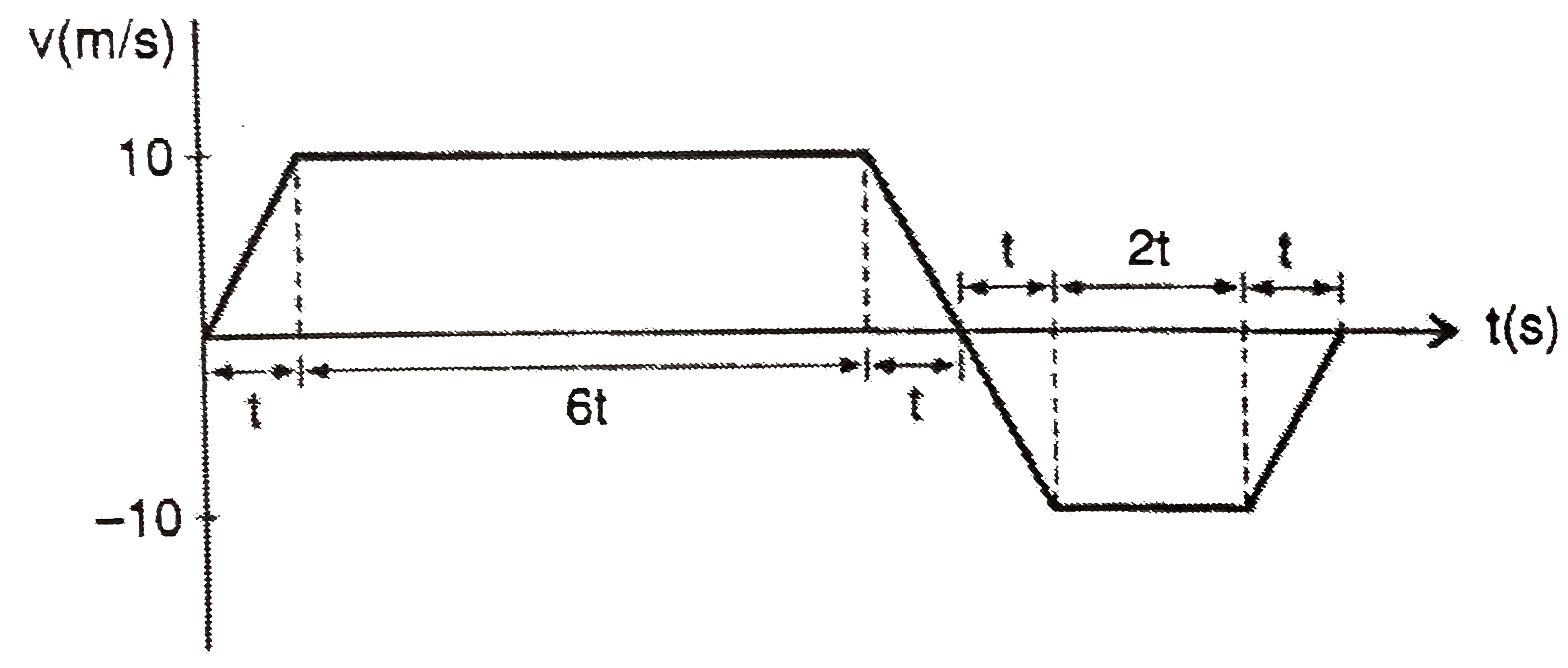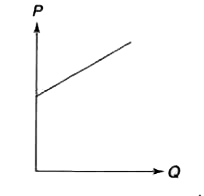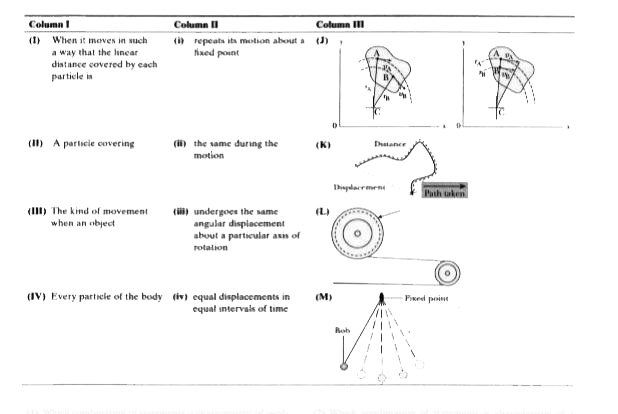The motion of a particle in straight line is an example of
constant velocity motion
uniformly acceleration motion
non-uniformly acceleration motion
zero velocity motion
The correct Answer is:B
To solve the question regarding the motion of a particle in a straight line, we need to analyze the options provided and understand the definitions of different types of motion.
1. Understanding the Motion: The question asks about the type of motion exhibited by a particle moving in a straight line. In physics, motion can be classified based on how the velocity of the particle changes over time.
2. Analyzing the Options:
- Constant Velocity Motion: This occurs when a particle moves in a straight line at a constant speed. The velocity does not change over time.
- Uniformly Accelerated Motion: This is when a particle's velocity changes at a constant rate. The particle covers equal distances in equal intervals of time.
- Non-Uniformly Accelerated Motion: This occurs when the acceleration of the particle changes over time, meaning the velocity does not change uniformly.
- Zero Velocity Motion: This refers to a situation where the particle is at rest, meaning it does not move at all.
3. Identifying the Correct Option:
- Since the question specifies "the motion of a particle in a straight line," we need to determine if the motion is uniform or non-uniform.
- A straight line can represent both constant velocity motion (if the speed is constant) and uniformly accelerated motion (if the speed is changing uniformly).
- However, the question seems to imply that we are considering the general case of motion in a straight line, which often refers to uniformly accelerated motion, as it is a common scenario in physics.
4. Conclusion: Based on the analysis, the correct answer is uniformly accelerated motion, which corresponds to option B.
Final Answer:
The motion of a particle in a straight line is an example of uniformly accelerated motion (Option B).
---
- Constant Velocity Motion: This occurs when a particle moves in a straight line at a constant speed. The velocity does not change over time.
- Uniformly Accelerated Motion: This is when a particle's velocity changes at a constant rate. The particle covers equal distances in equal intervals of time.
- Non-Uniformly Accelerated Motion: This occurs when the acceleration of the particle changes over time, meaning the velocity does not change uniformly.
- Zero Velocity Motion: This refers to a situation where the particle is at rest, meaning it does not move at all.
- Since the question specifies "the motion of a particle in a straight line," we need to determine if the motion is uniform or non-uniform.
- A straight line can represent both constant velocity motion (if the speed is constant) and uniformly accelerated motion (if the speed is changing uniformly).
- However, the question seems to imply that we are considering the general case of motion in a straight line, which often refers to uniformly accelerated motion, as it is a common scenario in physics.
The motion of a particle in a straight line is an example of uniformly accelerated motion (Option B).
Topper's Solved these Questions
- BOOK - DC PANDEYCHAPTER - MOTION IN A PLANEEXERCISE - (B) Meical entrance special format questions (Mathch the columns)6videos
MOTION IN A PLANE
- BOOK - DC PANDEYCHAPTER - MOTIONEXERCISE - Medical entrances gallery19videos
MOTION
- BOOK - DC PANDEYCHAPTER - PROJECTILE MOTIONEXERCISE - Level - 2 Subjective10videos
PROJECTILE MOTION
Similar Questions
The motion of a particle is given by a straight line in the graph given above drawn with displacement (x) and time (t). Which one among the following statements is correct ?
 View Solution
View SolutionIdentify the correct graph represeriting the motion of a particle along a straight line With constant acceleration with zero initial velocity.
View Solution
Knowledge Check
- Question 1 - Select One
Velocity time graph for the motion of a particle along a straight line is as shown in figure.

Average speed of the particle for the whole motion is:A9.6 m/sB7.2 m/sC8.3 m/sD6.5 m/s - Question 2 - Select One
The variation of quantity P with quantity Q, describes the motion of a particle along a straight line. Choose the wrong statement:
 AQuantity Q may represent timeBQuantity P is velocity if motion in uniformCQuantity P is displacement if motion is uniformDQuantity P is velocity if motion is uniformly accelerated
AQuantity Q may represent timeBQuantity P is velocity if motion in uniformCQuantity P is displacement if motion is uniformDQuantity P is velocity if motion is uniformly accelerated - Question 3 - Select One
Following statements are given for the motion of a particle along the straight line. Choose correct statement out of these :
AMagnitude of the average velocity is equal to the average speed.BDistance travelled by the particle is always greater than magnitude of the displacement.CA particle having negative acceleration may speed up.DA particle having its velocity equal to zero at any instant of the motion, then its acceleration is also zero at that instant.
For a particle moving in a straight line
View SolutionIn the given table, Columns I and II given statements regarding different types of motion of particle along straight line and Column III shows figures depicting the motion.

(1) Which combination of statements is characteristic of oscillatory motion ?View SolutionThe velocity-time graph of a particle in straight line motion is veloity-time graph of a particle in straight line motion is shown in. The particle starts its motion from origin.
 .
.
The distance of the particle from the origin after 8s is .View SolutionThe displacement x of a particle in a straight line motion is given by x=1−t−t2. The correct representation of the motion is
View SolutionThe velocity-time graph of a particle in straight line motion is veloity-time graph of a particle in straight line motion is shown in. The particle starts its motion from origin.
 .
.
Find the average acceleration from 2s to 6s.View Solution

